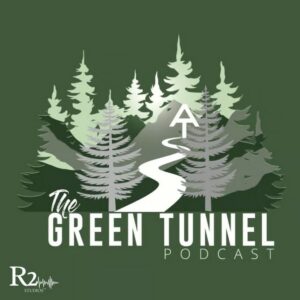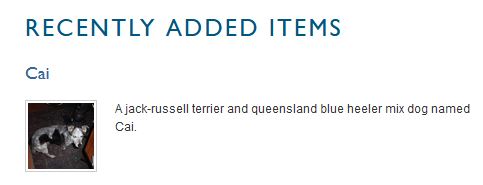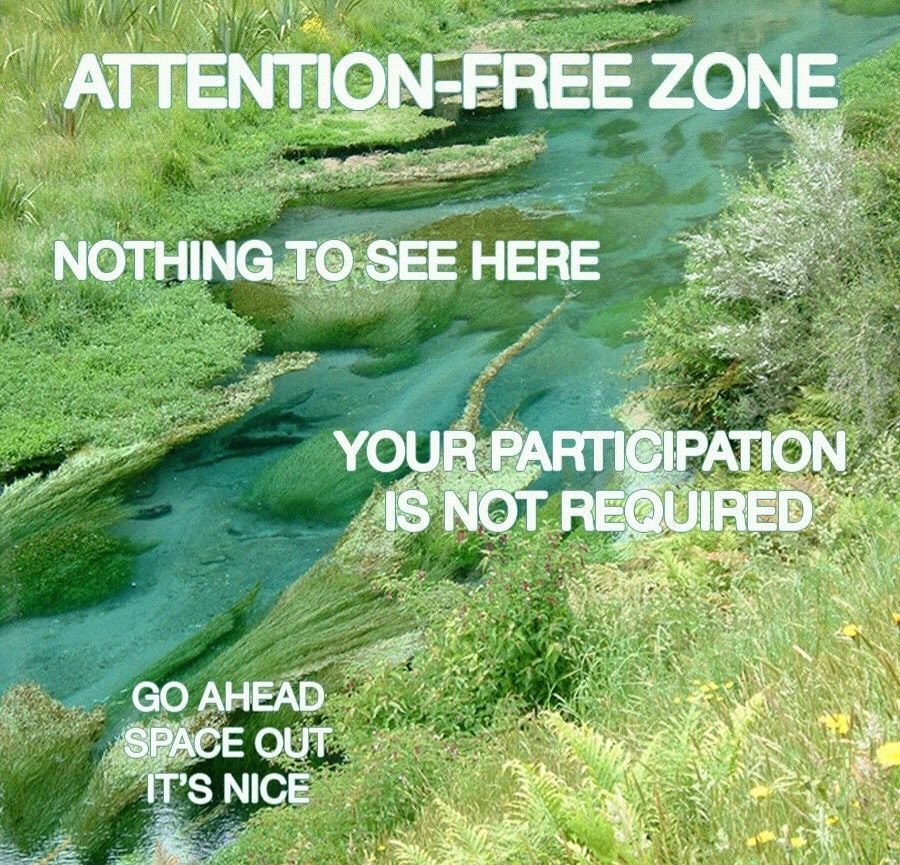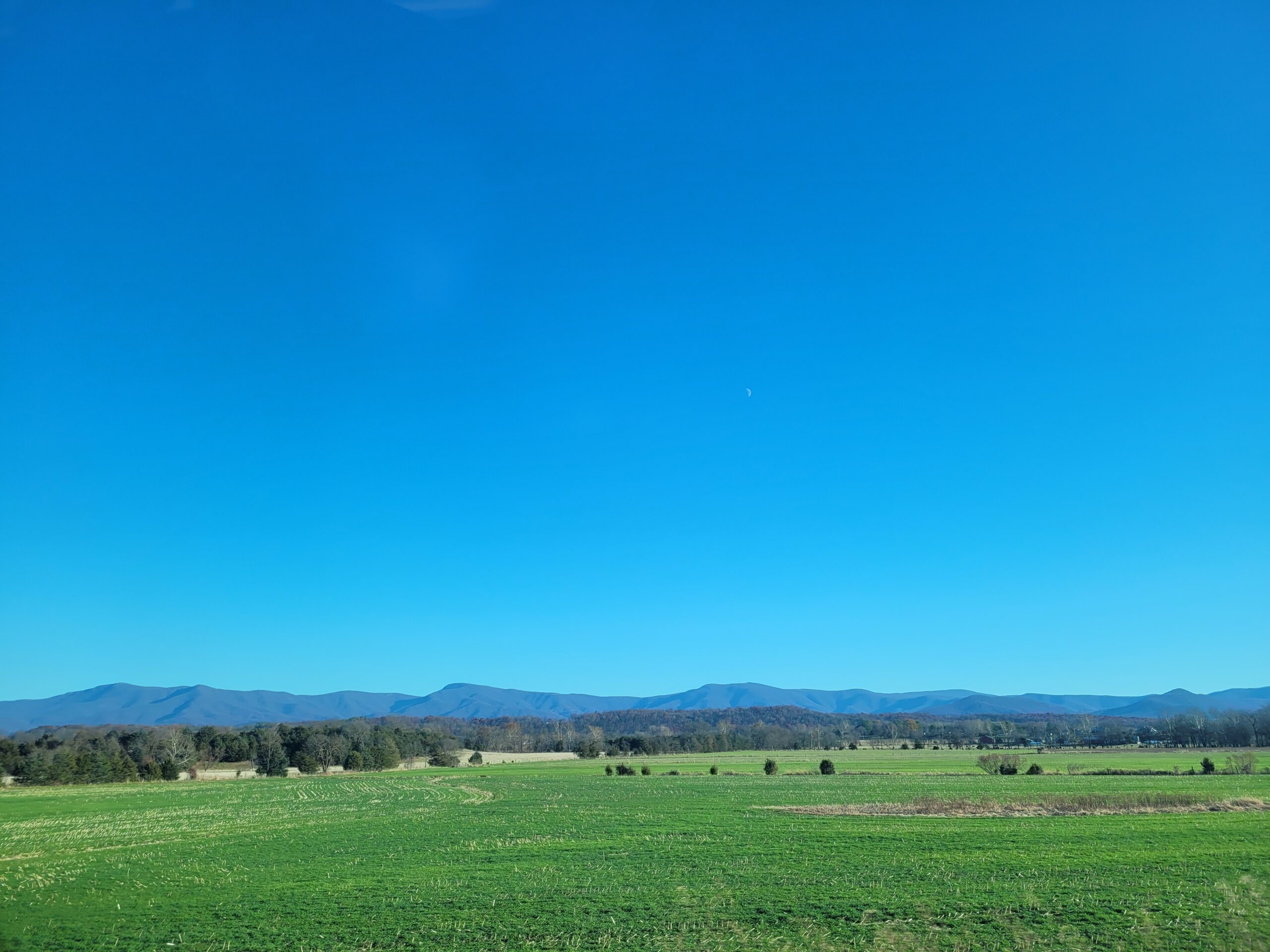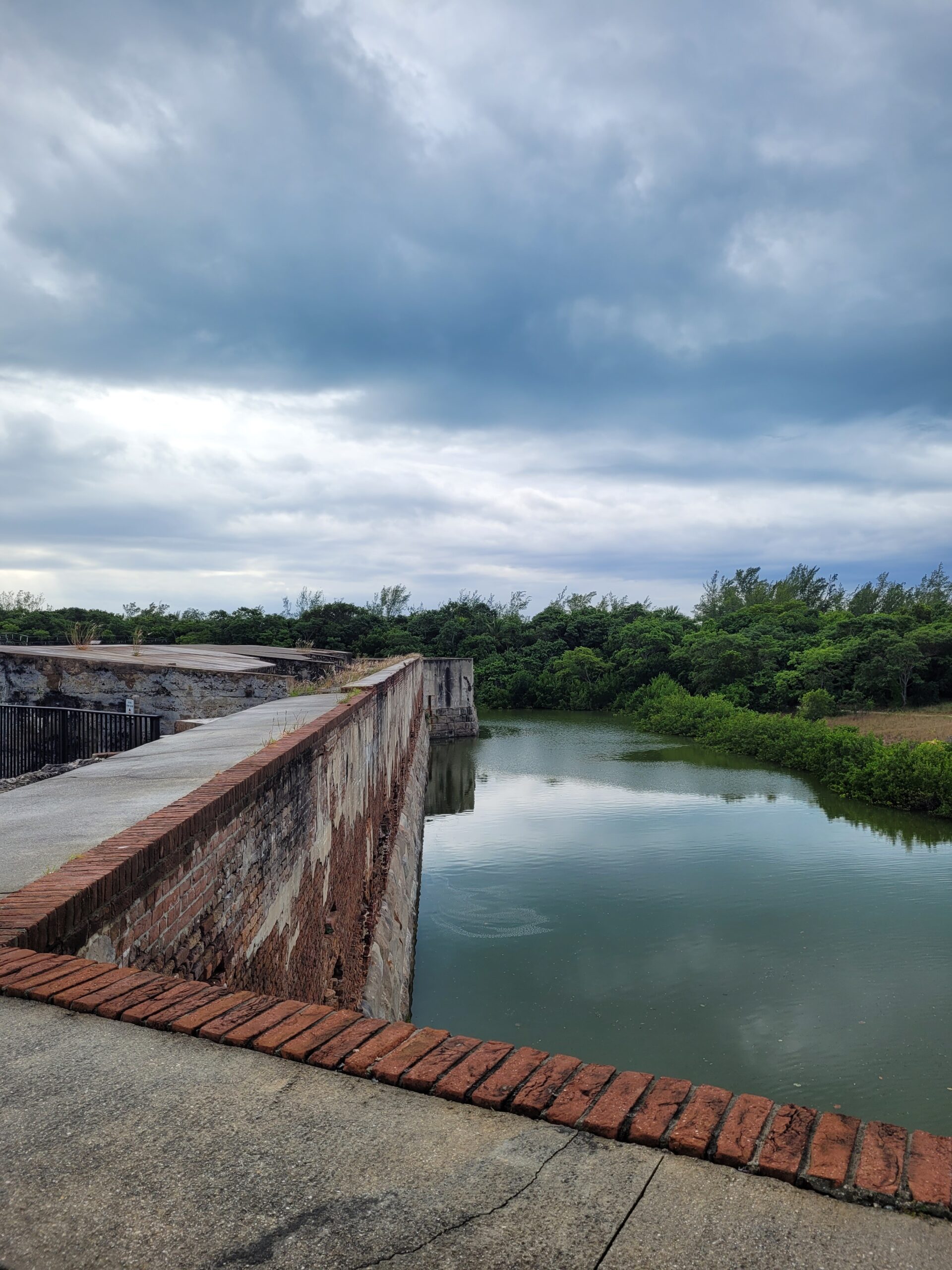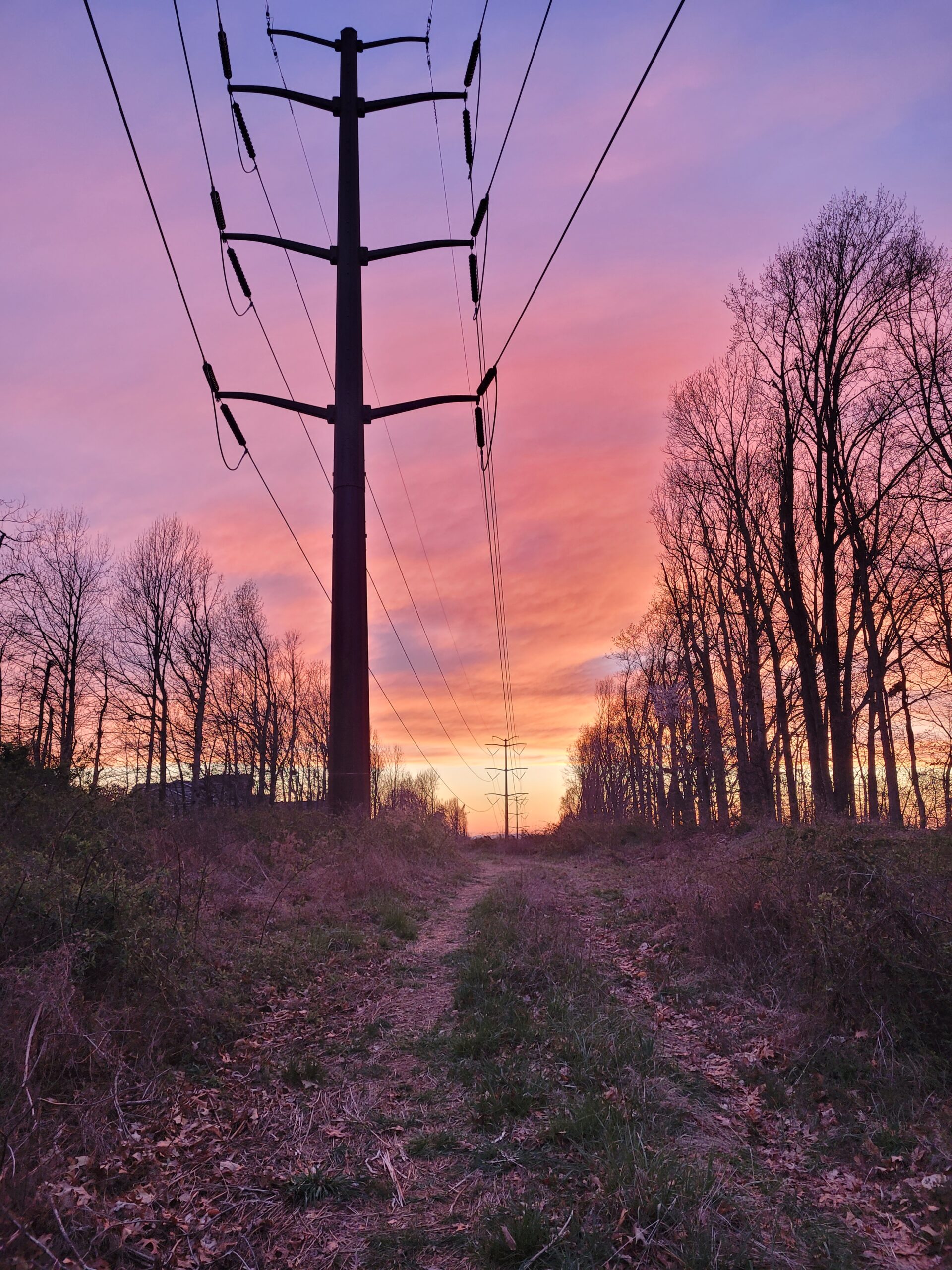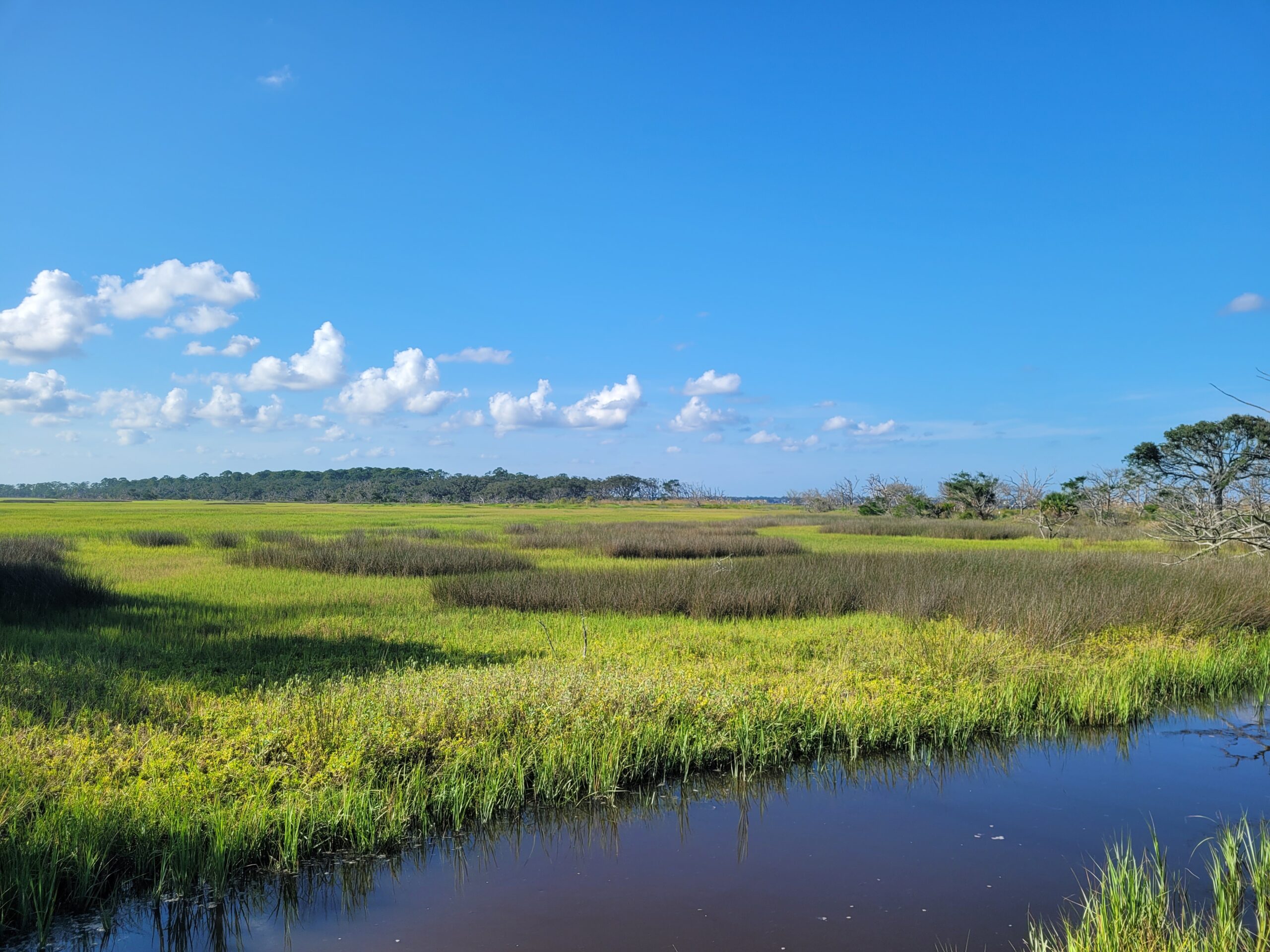Our technical activity with Twine was probably the most fun I’ve had in a graduate class so far! I don’t always walk away from a class thinking it was fun, usually I use words like ‘interesting’ or ‘thought provoking.’ But creating paths in Twine while we learned I kept thinking about how great this application is for storytelling and in general reminded me how important fun is in our profession (and really all professions.) But especially in an educational setting with children. Of course, historians have a deeply ethical duty to integrity, but being creative with our storytelling is so important! Our small-group may have taken some liberties with our historical realism and kept our Twine adventure light-hearted but again it impressed upon me the potential for delight using this type of method of narration. The mix of audience interaction with storytelling I think is a really important and under-utilized tool.
Unsurprisingly this was reinforced with our other activities in this lesson. Now, I’m not saying that Oregon Trail was the most historically accurate game out there, but having playing it when I was in elementary school I can say it has left a mark on me. Playing this much beloved game from my past now in my late 30s, I realize how much of this game was insensitive and inaccurate. But at the same time I can see how the interaction aspect of this game really captured my imagination as a kid.
One of the examples from the Krijn H.J. Boom et al, article reinforced that idea that interaction is a key component in learning. In it a Holland educational group used what they termed RoMeincraft which blended the gameplay of MineCraft with rebuilding ancient Roman cities. The RoMeincraft integrated play with history and even inter-generational (kids played while grandparents helped). What was most influential about this type of video game/history integration was that it did not involve violence. I can’t think of a “history” game I have personally played that didn’t involve violence (thinking mainly of Civ V.) Being weary of this tendency towards violence is certainly something a serious historian who is looking to use gaming as an educational device needs to be aware of. Beyond violence I can see that there are a lot of ways using gaming and storytelling can be either trivialized or manipulated. But for now (at this point in my career) I am going to try to lean away from the cynicism and lean into potentialities for using gaming and/or interactive storytelling.
One of those potentialities is podcasting! It is a bit of a trope now how easy podcasting is, it’s likely your neighbor is doing it, but it really is a fantastic way for historians to get their research out there in a format that is relatively low barrier to entry. I listened to the Green Tunnel Podcast by RRCHNM hosted by Mills Kelly (Click here to listen) and I enjoyed it so much that I went back to the beginning episode and will be listening to it on my walks with my dog. The host was able to integrate so much information, history, oral interviews, current events – it was very seamless. Ultimately, this module made me really hopeful and excited for some of the new ways historians can create projects that aren’t just digital, but also interactive and tell stories in creative imaginative ways.
